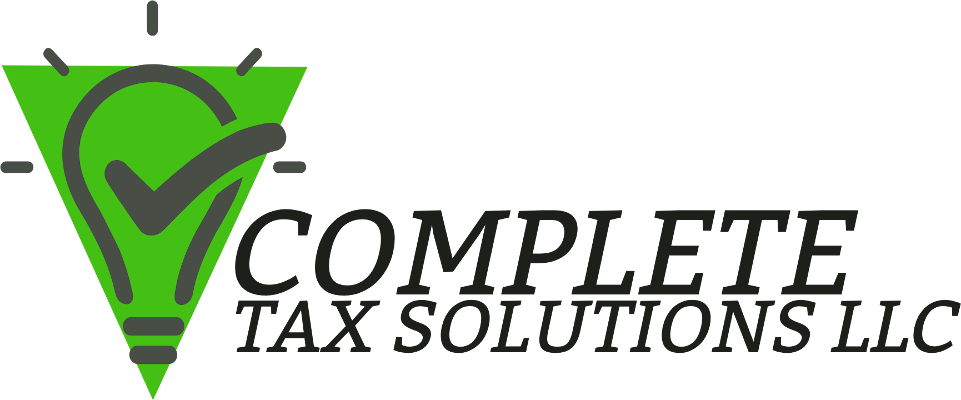In most cases, distributions from a traditional Individual Retirement Account (IRA) are taxable in the year you receive them, but there are some exceptions. A qualified charitable distribution (QCD) is one of these exceptions, and this opens up the possibility of using a QCD to reduce your taxes.
A QCD is a nontaxable distribution made directly by the trustee of your IRA to charitable organizations that are eligible to receive tax-deductible contributions. QCDs can’t be made from Simplified Employee Pension (SEP) plans and Savings Incentive Match Plan for Employees IRA.
Making a QCD can benefit you by reducing your taxable income while at the same time supporting your favorite charitable organizations. Best of all, you don’t have to worry about meeting the standard deduction or itemizing deductions with a QCD.
QCD Guidelines
If you are thinking about making a qualified charitable contribution, keep the following guidelines in mind.
- To make a QCD, you must be at least 70½ years old on the day of the distribution.
- A QCD will count toward your required minimum distribution (if any).
- You must have an acknowledgement of the contribution
- The amount of the QCD can’t be more than the amount of the distribution that would count as income.
- You must declare the QCD as income to claim the charitable contribution as a deduction.
- The maximum annual exclusion for QCDs is $100,000 for individuals, or $200,000 for joint returns.
- The amount of QCD contribution limits for exclusion reduce after age 70½.
If you would like more information about qualified charitable distributions, or held determining if you might be able to take advantage of them, please contact our office. We would be happy to help.
